If you’ve begun your search for the perfect diamond, you’re likely to encounter the term “inclusions.” Once you’ve found the ideal cut and color for your gem, the last hurdle in achieving the perfect sparkle is dealing with inclusions.
So, what exactly are diamond inclusions?
While they are often perceived as flaws, inclusions are what make each diamond unique. Diamond inclusions come in various forms and have different effects. It’s important to note that there’s nothing inherently wrong with having inclusions in a diamond.
However, when purchasing a diamond, there are certain aspects of these imperfections that you should consider. In this guide, we’ll provide you with all the information you need to know about diamond inclusions. So, without any further delay, let’s delve into the topic.
DESIGN YOUR OWN ENGAGEMENT RING: START WITH A SETTING OR START WITH A DIAMOND. IT’S REALLY UP TO YOU!
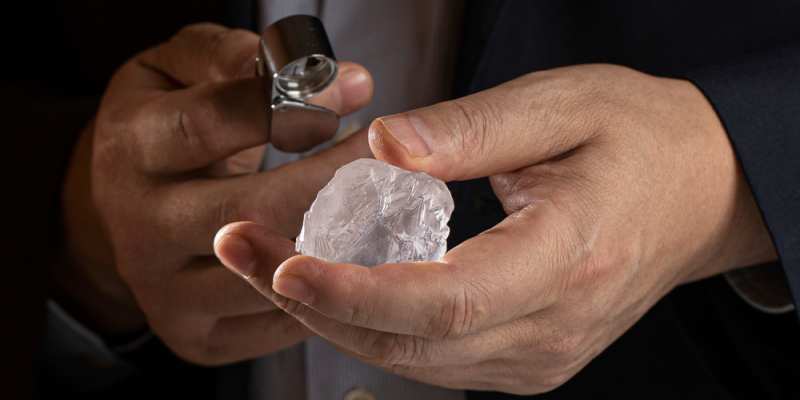
What Are Diamond Inclusions?
As you may be aware, a flawless diamond consists of pure carbon atoms arranged in a crystal lattice, without any other minerals present. However, nature rarely produces diamonds that are completely flawless.
An inclusion, as the name suggests, refers to anything that is “included” within a diamond.
The range of inclusions found in diamonds is quite extensive. It can include small diamonds, other gemstones like sapphires, as well as various elements and minerals trapped within a larger diamond.
Disruptions or fractures within the carbon lattice, such as graining, twinning wisps, and feathers, are also considered inclusions. These features are defined as inclusions if they are visible to a professional at 10x magnification.
Although not technically classified as inclusions, it’s important to understand characteristics such as chips and naturals. These features are considered “blemishes” since they are superficial and not internal to the diamond.
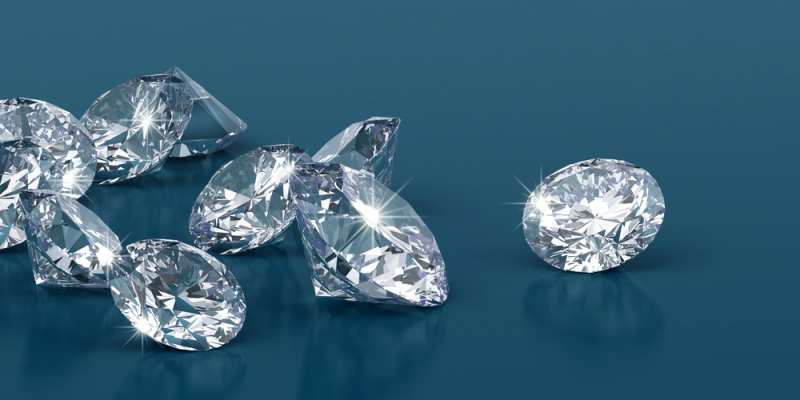
The Most Common Diamond Inclusions
The diamond inclusions that you are likely to encounter most frequently include clouds, crystals, feathers, graining, twinning wisps, and pinpoints. In fact, these inclusions are so common that they can be found in the majority of diamonds.
In and of themselves, these inclusions are not inherently problematic. The significance of inclusions lies in how they affect the durability and beauty of the diamond.
The clarity grade assigned to a diamond by laboratories offers some insight in this regard. In higher clarity grades, particularly VS1 and above, the inclusions are typically so small that they are difficult to detect even without magnification. In these higher grades, the specific type of inclusion is of minimal concern, as it has little impact on the diamond’s beauty and durability.
However, distinctions become more important in the lower clarity grades. Diamonds in the middle range, such as VS2 and SI1, are unlikely to have any significant negative effects. However, it is still necessary to carefully review the lab report and have the diamond inspected by a trained expert to rule out any significant issues.

Surface Breaking Inclusions
Surface-breaking inclusions such as knots, naturals, feathers, cleavages, and chips are examples of inclusions that can be found on the surface of a diamond. In most cases, these inclusions and blemishes do not pose significant problems.
Consider the journey of a diamond, originating deep beneath the Earth’s surface and being brought to the surface through volcanic eruptions. It has endured extreme heat and pressure during the cutting and shaping process.
Overall, diamonds are highly durable and can withstand normal wear and tear when used in jewelry.
However, it is worth noting that surface-breaking inclusions can, in certain cases, increase the risk of durability issues. While it is uncommon for diamonds to chip or break during regular wear, such incidents can occur, although they are relatively rare.
The most common scenario in which a diamond may become damaged is during the setting process when a jeweler applies pressure to securely set the stone. Care should be taken during this process to minimize the risk of damage to the diamond.
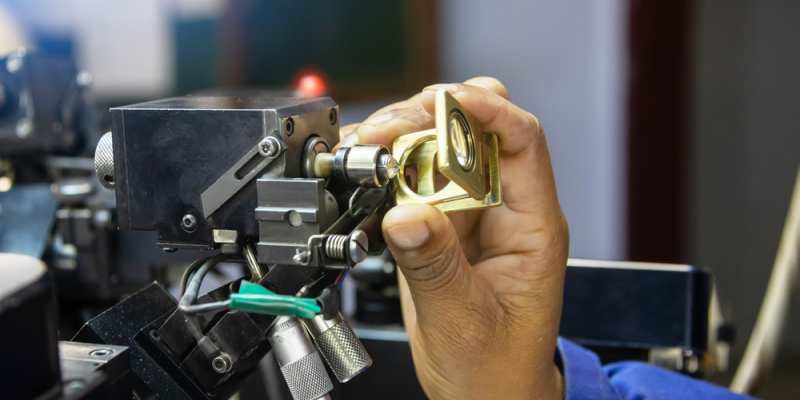
Inclusions Vs. Blemishes
Inclusions are internal characteristics of a diamond, but they can also extend to the diamond’s surface. On the other hand, blemishes are confined to the surface and are typically minor in nature. Grading reports use red for inclusions and green for blemishes.
Examples of blemishes include chips, nicks, scratches, bruises, naturals, and polishing marks. Unless they are unusually numerous or large, blemishes rarely have a significant impact on a diamond’s performance and beauty.
Feathers are small fractures within a diamond that appear as white feather-like features. While they are common and can be easily disguised in brilliant-cut diamonds, feathers that are closer to the surface may pose some durability concerns.
A “natural” is a surface feature caused by the diamond cutter intentionally leaving a small part of the rough diamond crystal on the finished stone. This is done to maintain symmetry and retain carat weight that would otherwise be lost by removing the natural completely. Naturals are usually small and located around the girdle area, but they can be larger if the cutter takes certain liberties. A natural is typically considered a blemish, but if it is notably indented, it falls into the inclusion category and is called an indented natural.
During the formation process, various crystals and minerals can become trapped within a diamond, including rubies, sapphires, and garnets, among others. These can add visual interest when observed under magnification.
Reflectors are a fascinating type of inclusion that can be quite remarkable. They are located in areas within the diamond that create a mirrored effect, making it appear as though there are multiple inclusions.
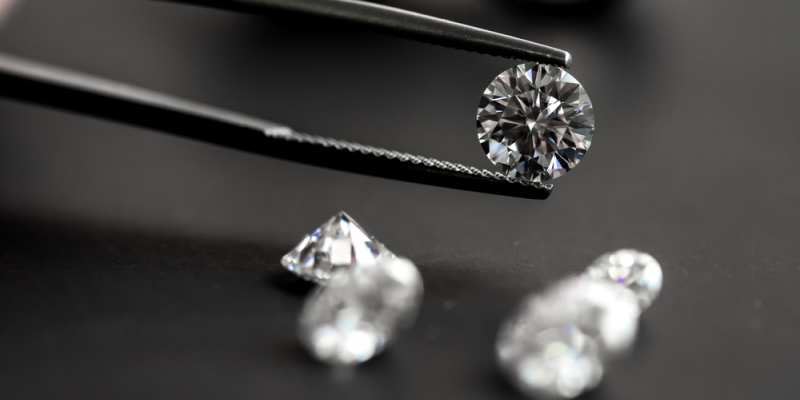
Concrete Vs. Transparent Inclusions
Certain inclusions, like crystals, have a distinct and solid structure. They are typically opaque in nature. On the other hand, inclusions such as clouds, graining, and twining wisps are amorphous and tend to be highly transparent. Interestingly, some individuals actually prefer the transparent nature of these inclusions over the more noticeable and well-defined types.

Less Common Diamond Inclusions
Less commonly seen inclusions, particularly in high-quality diamonds, include knots, etched channels, cavities, and laser drill holes.
Cavities, as the name suggests, are small divots or holes on the surface of the diamond that appear to have been scooped out. They are often associated with knots, which are crystals that extend to the surface. In some cases, the crystals may become dislodged, leaving a void or cavity behind. Although it is challenging to dislodge a knot in a diamond, it can sometimes occur during the cutting process.
Etched channels are linear cavities that result from chemical processes during the formation of the diamond. If they are small enough, they typically do not pose a significant issue. However, depending on their size and location, etched channels can potentially increase the risk of durability issues. Additionally, these channels can trap dirt over time, making them more visible. Professional cleaning can effectively remove any accumulated buildup in these channels.
Laser drilling is a treatment method that involves creating a small tunnel within a diamond using a laser beam. This process specifically targets dark inclusions within the diamond. After drilling the hole, a strong acid is applied under pressure to dissolve the targeted inclusion. While laser drilling does not improve the clarity grade of the diamond, it can make some inclusions less noticeable.

Diamond Grading Reports
A comprehensive diamond grading report from reputable labs like GIA and AGSL provides valuable information to confirm the diamond’s natural origin and assess its visual and performance qualities. However, it’s important to recognize the limitations of these reports.
While the grading report offers detailed information on dimensions, carat weight, cut quality, clarity, and color grades, it is beneficial to supplement this information with visual inspection of the stone, access to advanced diagnostic images, and consultation with a diamond expert.
The Stone Plot and Keys to Symbols section in the report visually map the characteristics that positively identify the diamond and support its clarity grade. Understanding which characteristics are mapped is crucial in interpreting the report accurately. Inclusions are listed in order of their impact on the clarity grade, with the grade-setting inclusion being listed first and less impactful features listed last.
The Comments section of the grading report contains noteworthy information. It may include details about inscriptions on the diamond if it is inscribed. Additionally, it may highlight clarity features relevant to the diamond’s appearance that are not covered in the Stone Plot.
To fully comprehend the diamond’s appearance and potential issues, it is often necessary to consider both the Stone Plot and the comments section of the report. This ensures a more comprehensive understanding of the diamond’s characteristics and helps in making informed decisions.
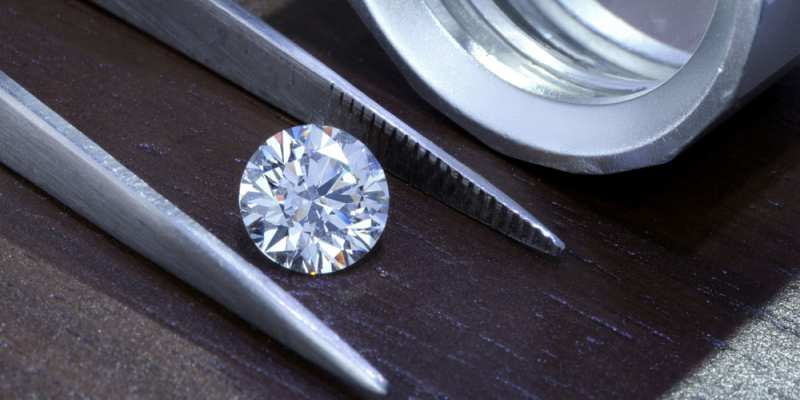
Eye-Clean Diamonds
When it comes to discussing inclusions in diamonds, a common reference point for consumers is the concept of an “eye-clean” diamond. However, the definition of what constitutes an eye-clean diamond can vary from person to person.
Generally, an eye-clean diamond is understood to be a stone that does not have any visible inclusions to the naked eye. It is widely agreed upon that a diamond can have inclusions, but if an inclusion is visible without magnification, it may be considered a deal-breaker for many individuals.
However, there is subjectivity involved in this matter. For instance, it might be technically possible to spot an inclusion with some effort and only from a certain angle. Whether or not this would be a deal-breaker depends on personal preferences. Some people want to ensure that the first thing they see when looking at their diamond is not an obvious inclusion.
The level of tolerance for inclusions can vary among consumers, so it is essential for individuals to have a clear understanding of what is important to them. Additionally, effective communication between consumers and jewelers is crucial to avoid any potential disappointments or misunderstandings.

Transparency Issues
Diamond inclusions can have a subtle but significant impact on the transparency of the stone. While we often associate diamonds with flawless transparency, some diamonds may exhibit a slight fogginess that can go unnoticed at first glance.
To identify transparency issues, it is necessary to compare the diamond in question with a perfectly transparent one. Only through this comparison can the presence of fogginess be confirmed. It is important to note that a diamond with transparency issues, even if it is perfectly cut and eye-clean, will not achieve optimal sparkle or performance.
To spot potential transparency problems, it is crucial to be aware of certain clues or indicators. These can help in identifying diamonds that may have reduced transparency, allowing buyers to make informed decisions when selecting their gemstone.
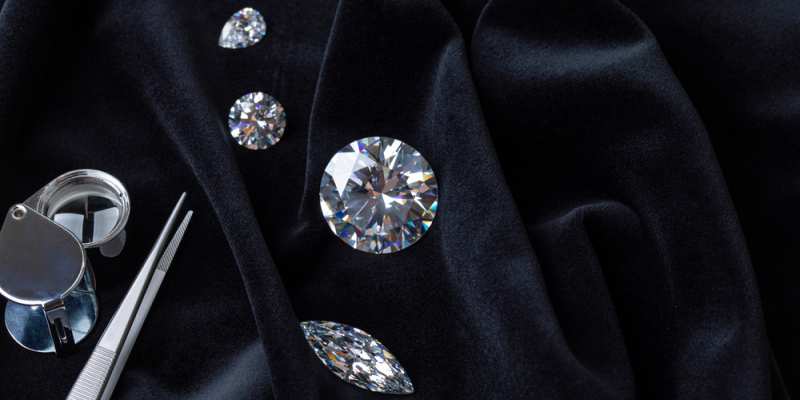
What Are The Worst Diamond Inclusions?
As mentioned previously, the presence of inclusions in diamonds is not inherently problematic, as nearly all diamonds possess them to some degree. The key consideration lies in the extent of these inclusions.
Surface-breaking inclusions like knots, cavities, and feathers can, in certain instances, raise concerns regarding durability. However, if these inclusions are small in size, such concerns are generally unwarranted.
Diamonds graded as VS1 and above in terms of clarity are typically unaffected by durability and transparency issues. Similarly, diamonds graded as SI1 to VS2 often do not pose durability concerns.
It is crucial to exercise caution and thorough evaluation when dealing with diamonds graded as SI2 and below in terms of clarity, as they may present potential issues related to both durability and transparency.
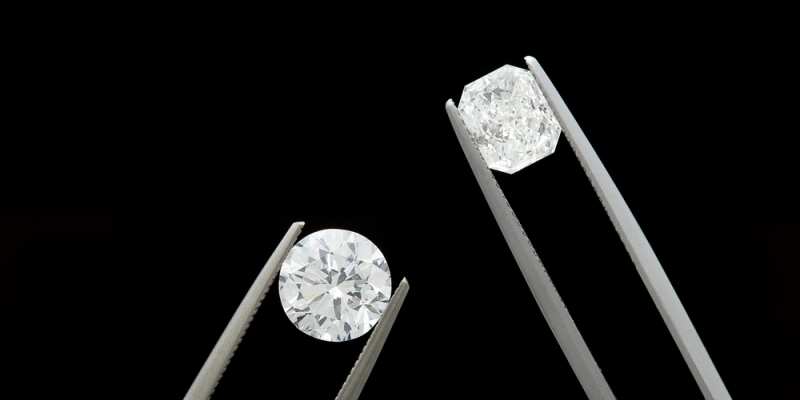
Conclusion
What exactly are inclusions in diamonds?
Inclusions are aptly named as they refer to the imperfections that are “included” within a diamond. These natural inclusions bear witness to the extreme conditions required for the formation of these exquisite gemstones deep beneath the Earth’s surface. They represent small fragments of the diamond’s journey, forever captured within its dazzling facets.
When considering the purchase of a diamond, it is important to evaluate the location of any inclusions as it greatly influences the overall appearance and beauty of the stone. In addition to reviewing the grading report, seeking guidance from a professional jeweler can address any additional concerns you may have.
Once you have chosen your diamond, the inclusions plotted on the map serve as unique birthmarks, distinguishing your stone as one-of-a-kind. No other diamond will possess the same combination of inclusions, making it truly special and irreplaceable.


